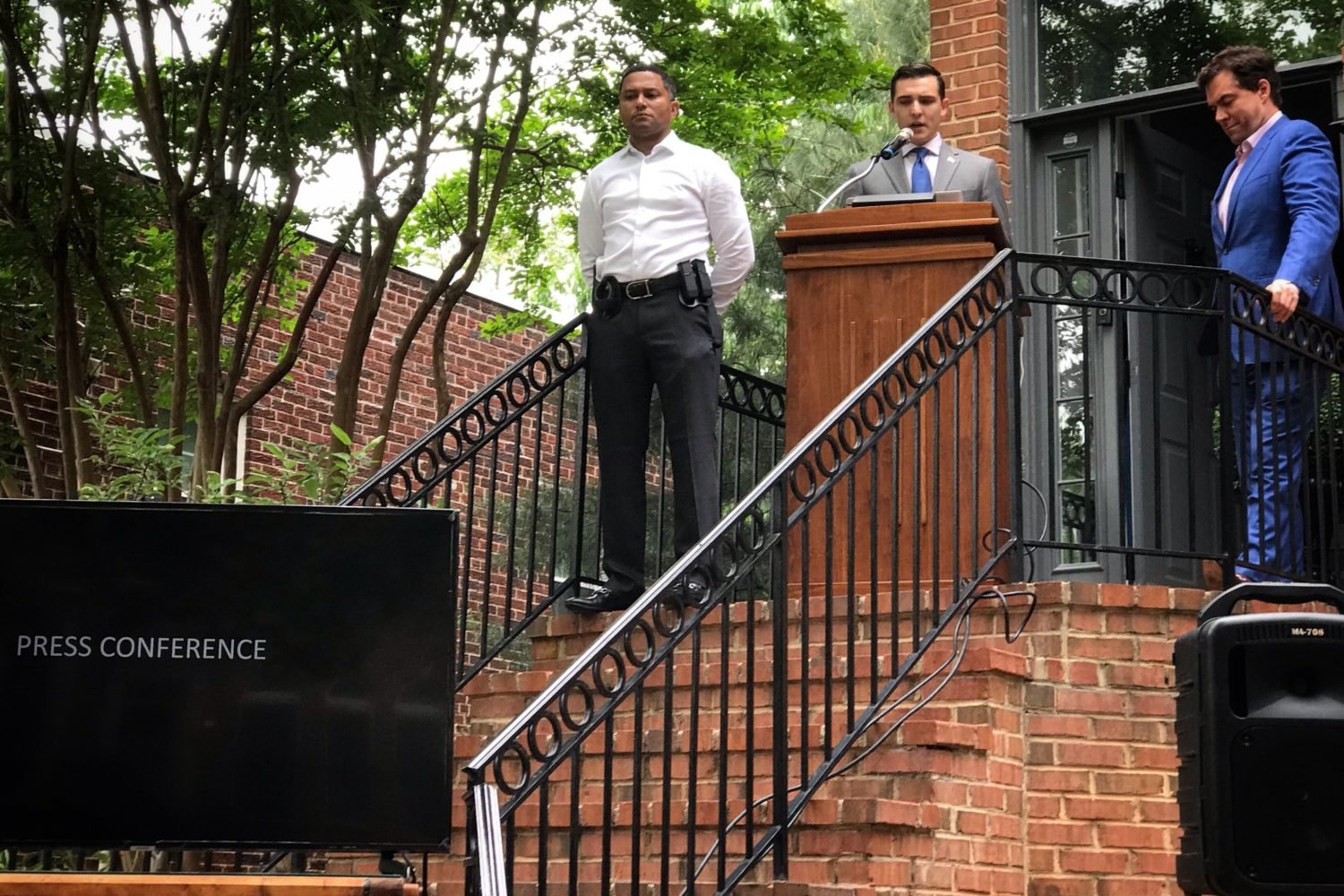On Wednesday, July 10, at 7:24 a.m., a branch snapped off an oak tree in Capitol Hill’s Garfield Park and fatally struck 35-year-old Sarah Noah, who witnesses say was walking her dog. That type of tragic incident is rare—DC Fire and EMS Department spokesperson Vito Maggiolo says that he can’t recall any similar occurrence in his eight years at the department. But instances of branches unexpectedly dropping that are not fatal and do not result in media attention are more common, and rising temperatures may be a contributing factor.
“For unknown reasons, branches of any size, but predominantly larger branches in older mature trees, can suddenly fail during stretches of extremely hot weather,” wrote DC-area tree service company Adirondack Tree Experts to its mailing list on Wednesday just after the incident. “Here in the Washington Metro area, there have been several cases of people being struck by falling limbs, with some resulting in death. This phenomenon is not a result of your trees being unhealthy, but rather an issue of nature that we as arborists do not clearly understand.”
The phenomenon is known as Sudden Branch Drop Syndrome, or “summer branch drop.” Its exact cause is unknown, but the typical scenario involves trees that are “healthy, usually hardwood, most commonly oak trees,” says Lisa Tadewaldt, an ISA Board Certified Master Arborist based in Portland, Oregon. “There’ll be some sort of heat event, or sometimes even just extended above-average temperatures. The health of the tree is well documented, and there wasn’t any sign, it just loses a huge branch. And we don’t know why it happens.”
Thomas Spencer, owner of the Heart of Wood Tree Service in Arlington, inspected the base of the Garfield Park tree with Washingtonian after the tree was removed. He guesses that Sudden Branch Drop Syndrome could have been the cause of the limb failure, although it may be impossible to determine for sure. Other possibilities include rot, but Spencer says he saw no evidence of decay in the remaining stump. Alternatively, the branch could have been heavily weighted and off-balance, but an issue like that should have been identified and taken care of when the tree was last pruned two years ago.
Whether or not Sudden Branch Drop Syndrome was the culprit in this case, “the stress on the trees lately has been really, really bad in this area because of the heat,” Spencer says. Oak trees in particular “are dying by the droves left and right. They’re not used to the hot temperatures for so long, and also the drought.”
In his experience, DC also errs on the side of reluctance when it comes to issuing permits to remove heritage trees. The DC Department of Transportation defines heritage trees as those over 100 inches in circumference, and he estimates that the Garfield Park tree was well over that, at roughly 151 inches in circumference.
The DDOT’s Urban Forestry Division is responsible for maintaining the trees in public parks, including Garfield. DDOT’s Ward 6 arborist Steve McKindley-Ward says that the department is now “inventorying every tree” in the park, a process which is set to be completed by the end of the week.

















